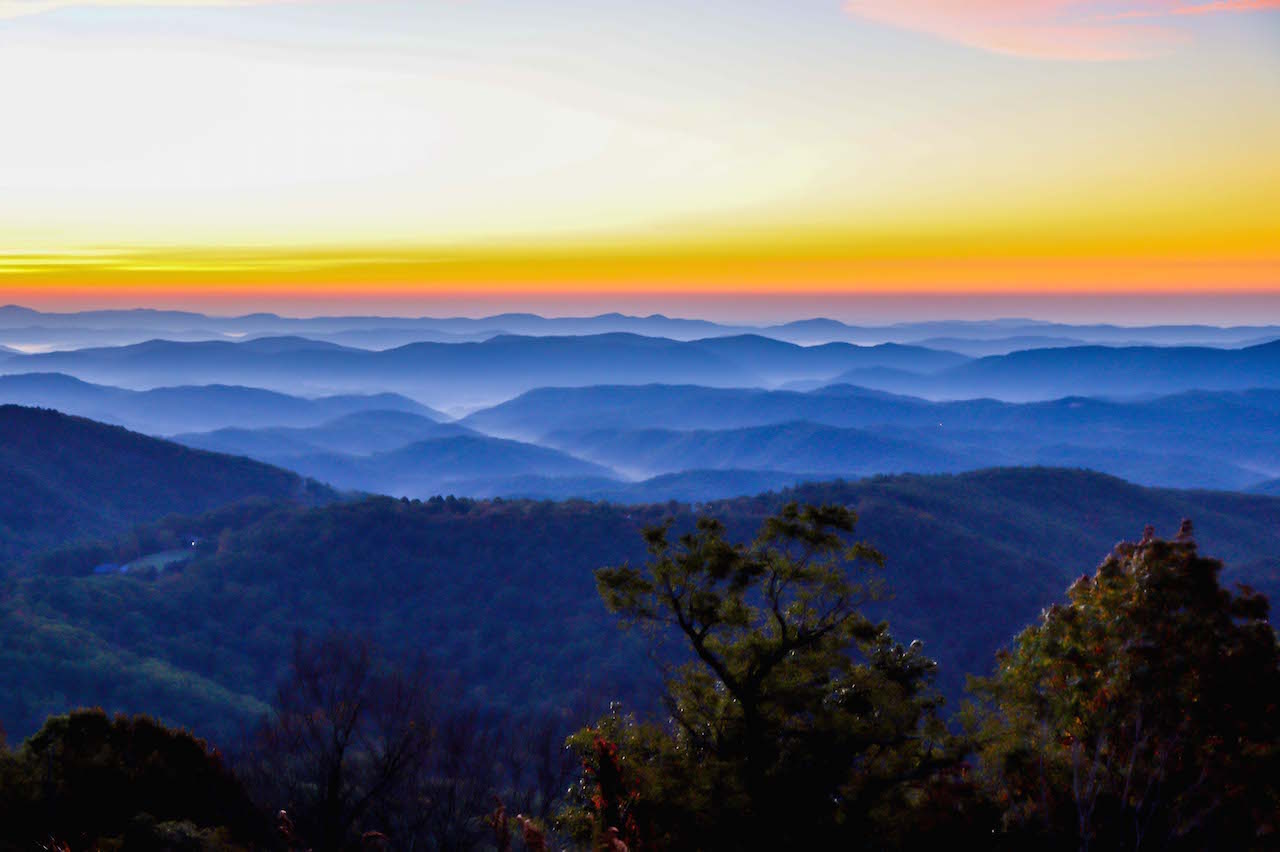Puerto Rico, a vibrant Caribbean island, is a tapestry woven from a rich historical narrative and a lush natural landscape. It enchants visitors with a melting pot of cultures, tantalizing cuisine, and stunning vistas. Below is a compendium of intriguing facts about Puerto Rico that delve into its culture, nature, and some surprisingly captivating trivia.
1. A Multicultural Mosaic
Puerto Rico’s cultural identity is a dynamic amalgamation of Taíno, Spanish, African, and American influences. The indigenous Taíno people were the island’s first inhabitants, contributing culinary staples like cassava and guava. The Spanish colonization began in the late 15th century, introducing a blend of language, religion, and customs that still resonate today. Additionally, African enslaved people brought their own traditions, rhythm, and culinary flavors. The result is a rich cultural milieu where festivals, music, and art flourish, reflecting the island’s diverse heritage.
2. The Birthplace of Reggaeton
Puerto Rico is hailed as the birthplace of reggaeton, a genre that has transcended borders and gathered immense international acclaim. Emerging from the fusion of reggae, hip-hop, and Latin rhythms during the late 1990s, artists like Daddy Yankee and Bad Bunny have propelled this genre into the global spotlight. Reggaeton has not only transformed the music scene but also acted as a vehicle for cultural expression, encapsulating the island’s urban narratives and vibrancy.
3. Bioluminescent Bays
Among Puerto Rico’s most astounding natural phenomena are its bioluminescent bays, with Mosquito Bay in Vieques recognized as the brightest in the world. This enchanting glow occurs because of microscopic organisms called dinoflagellates. When disturbed, they emit a mesmerizing blue light, creating a surreal experience for visitors. Kayaking through the bay at night offers a spellbinding opportunity to witness nature’s luminescent magic, underscoring Puerto Rico’s ecological wonders.
4. El Yunque National Forest
El Yunque is not merely the only tropical rainforest in the U.S. National Forest System; it is a sanctuary teeming with biodiversity. Spanning over 28,000 acres, El Yunque is home to an array of flora and fauna, including the endangered Puerto Rican parrot and the striking coquí, a small frog known for its melodious croaking. Trails wind through lush greenery and cascading waterfalls, making it a paradise for nature enthusiasts. The forest’s designation as a National Forest underscores its importance in conservation and ecological study.
5. A Historical Hotbed
Puerto Rico boasts a plethora of well-preserved historical sites, such as Old San Juan. The cobbled streets are lined with colorful colonial buildings, and the imposing forts of El Morro and San Cristóbal stand as testaments to the island’s strategic significance during the colonial era. These structures not only reflect military ingenuity but also harbor stories of piracy, exploration, and resilience that shaped Puerto Rico’s trajectory throughout history.
6. Coffee Culture and Production
Puerto Rico’s coffee has garnered a reputation for its exceptional quality and rich flavor. The island’s mountainous terrain and tropical climate provide an ideal environment for coffee cultivation, particularly in regions like the central mountains of Jayuya. The coffee production process is deeply ingrained in the culture, often intertwined with family and community traditions. Visitors can explore coffee plantations to learn about the entire process, from bean to brew, and savor some of the finest coffee in the world.
7. Unique Cuisine and Culinary Fusion
The culinary landscape of Puerto Rico is as diverse as its people. Traditional dishes like mofongo — a delectable mash of plantains — and lechón asado, a succulent roast pork, illustrate the island’s distinctive gastronomy. Furthermore, the use of locally sourced ingredients, such as seafood, tropical fruits, and spices, enriches Puerto Rican cuisine. Street food vendors and local eateries abound, offering visitors a chance to indulge in flavorful dishes that evoke a sense of home and heritage.
8. Language Nuances
Spanish is the predominant language, infused with unique Puerto Rican idioms and expressions that contribute to its character. English is also spoken, especially in tourist areas. The interplay between the two languages demonstrates the island’s historical connections, and the local dialect, known as “Spanglish,” reflects the dynamic bilingual nature of Puerto Rican society.
9. Pioneers of the Modern Movement
Puerto Rico has been a breeding ground for innovation and creativity. This extends beyond music and cuisine. For instance, the island has produced renowned writers such as Julia de Burgos and Luis Palés Matos, who played pivotal roles in the Latin American literary boom. Their literary works encapsulate the essence of Puerto Rican identity, exploring themes of cultural hybridity and social justice.
10. The Coquí: A National Symbol
Symbolic of Puerto Rico’s natural heritage, the coquí frog is treasured by locals. Known for its distinctive, cheerful “coquí” call, the tiny amphibian is culturally significant, often invoking feelings of nostalgia and pride among Puerto Ricans. The coquí’s celebration in local folklore and art embodies the island’s connection to its natural environment and serves as a poignant reminder of biodiversity.
In summary, Puerto Rico is an island brimming with unique cultural facets and breathtaking natural beauty. Its rich tapestry, woven from diverse ethnic backgrounds, captivating historical sites, and ecological treasures, continues to evoke fascination. Every visit offers an opportunity to explore, learn, and connect with a place that is much more than a mere travel destination.




